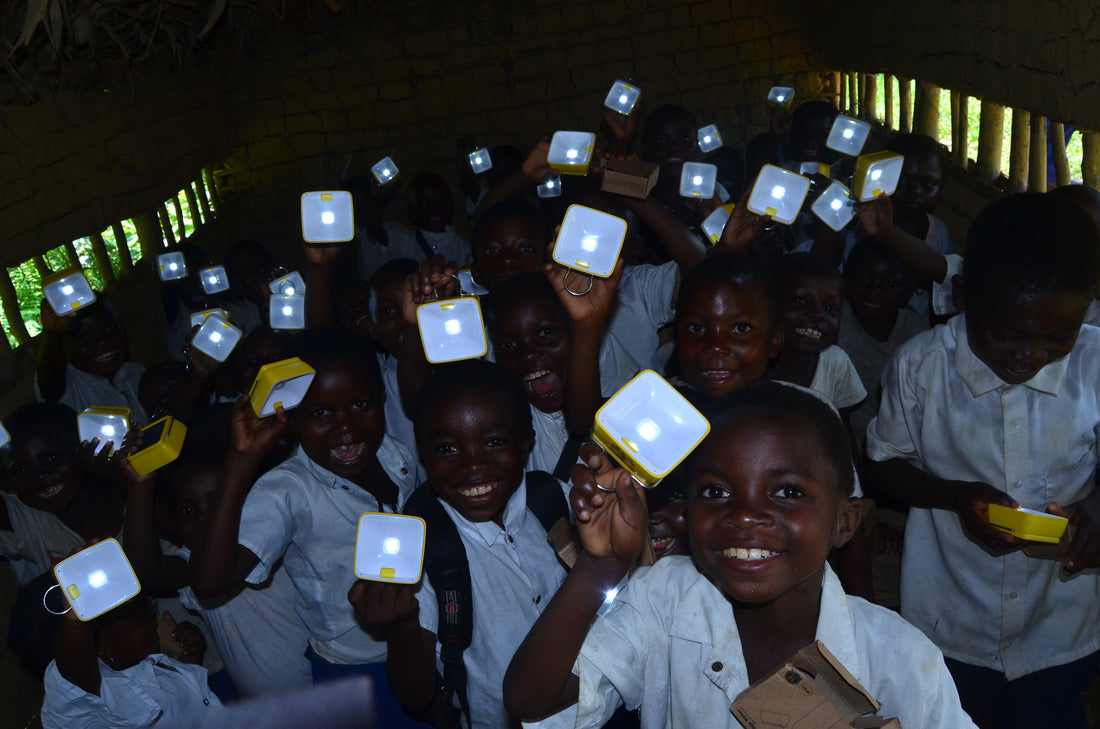- Global Learning: A Pathway to Cross-Cultural Understanding
- The GLOBE Program: An Example of Global Learning
- Online Publishing: Sharing Learning Worldwide
- Virtual Simulation: Understanding Global Complexity
- Final Verdict
In today's rapidly evolving world, technology has played a pivotal role in reshaping the education landscape. The COVID-19 pandemic accelerated the adoption of educational technology (EdTech) and transformed how we learn, transcending geographical barriers and empowering learners globally. This article explores the role of technology on global education access, shedding light on how it is bridging educational gaps worldwide and creating new opportunities for learners of all backgrounds.
Empowering Education Through Technology
The COVID-19 pandemic brought the education system to a standstill, posing an unprecedented challenge. However, it also catalyzed the rapid integration of EdTech into the educational ecosystem. As a result, technology has become a cornerstone in ensuring uninterrupted learning and promoting global access to education.
1. Accessibility and Inclusivity
One of the most significant advantages of technology in education is its ability to enhance accessibility and inclusivity. Online learning platforms and virtual classrooms have become the norm, offering personalized experiences that cater to individual needs and learning styles. The digital divide, which has long been a barrier to education, is now being addressed through technology, ensuring equal access to information and knowledge for all, regardless of geographical location.
2. Blended Learning Approaches
Blended learning approaches seamlessly combine physical and virtual elements, offering flexibility and customization. This approach has redefined the way students learn, making education more adaptable and responsive to the diverse needs of learners. It promotes the integration of interactive tools and gamification, making learning engaging and interactive.
3. Data-Driven Education
Technology enables data-driven education, providing valuable insights into student performance. Learning analytics and predictive analytics help educators identify areas of improvement and tailor instruction accordingly. This data-driven approach enhances learning outcomes by informing curriculum design and individualized support.
4. Streamlined Administrative Processes
Institutions are benefiting from technology's capacity to streamline administrative processes. Automation of tasks such as attendance tracking, grading, and resource management has not only increased efficiency but also freed up educators' time to focus on teaching and supporting students.
5. Challenges to Overcome
While the benefits of technology in global education access are undeniable, it is crucial to acknowledge and address the challenges that come with this transformative phase.
6. Bridging the Digital Divide
Despite the progress made, disparities in access and limited infrastructure still need to be addressed. Ensuring equal access to technology and reliable internet connectivity for all students is essential. Collaborative efforts are needed to bridge the digital divide and provide equitable educational opportunities.
7. Technological Proficiency
Acquiring the necessary technological skills can be a hurdle for students and teachers. Comprehensive training and support are crucial to empower educators and learners to navigate and leverage educational technology tools effectively.
8. Equity and Inclusion
While technology has the potential to promote inclusivity, it can also widen existing inequalities. Students from disadvantaged backgrounds may face barriers to accessing technology and require additional support to fully engage in virtual learning. Ensuring equal opportunities for all students is vital.
9. Digital Literacy Gaps
Not all students may possess the required digital literacy skills to effectively engage with technology in education. Bridging the digital literacy gaps is essential to ensure that every student can benefit from technology-enabled learning.

10. Privacy and Security Concerns
With educational technology comes the responsibility of safeguarding student privacy and ensuring secure online environments. Addressing privacy concerns and protecting against cyber threats is crucial for the integrity and safety of online learning platforms.
11. Pedagogical Adaptation
Integrating technology into educational practices requires a shift in pedagogical approaches. Educators need support to adapt their instructional methods, promote active learning, and create engaging online experiences.
12. Cost of Acquiring Technology
Implementing technology in education often comes with a financial burden. Acquiring necessary hardware, software, and infrastructure can be costly, particularly for schools and institutions with limited resources. Finding sustainable funding models is crucial to ensure equitable access to educational technology.
Global Learning: A Pathway to Cross-Cultural Understanding
Technology is not only reshaping education within classrooms or schools but also expanding the horizons of global learning. Students now have the opportunity to participate in networks that enable them to develop cross-cultural understanding while addressing global issues. They can synthesize information from multiple cultures and collaborate in global teams to generate new knowledge.
The GLOBE Program: An Example of Global Learning
One remarkable program leading the way is the GLOBE program, operated by NASA and the National Science Foundation in 110 countries. It engages youth, educators, the community, and scientists in collecting data internationally about critical environmental issues.
Online Publishing: Sharing Learning Worldwide
Students should not only share their research and ideas within the confines of a classroom but also share their learning through online publishing tools that reach a global audience. It not only enhances the student's experience but also contributes to global knowledge sharing.
Virtual Simulation: Understanding Global Complexity
Virtual reality, games, and modeling applications simulate real-world experiences, allowing students to test out global theories and immerse themselves in the target content. These 'serious games' on global issues can be found through organizations like Games for Change, which promotes digital games for social change.
Virtual simulation, a formidable pedagogical tool, offers students a profound avenue for unraveling the intricate web of global complexity. It is within the realm of technology that students embark on a journey, immersing themselves in real-world scenarios where they encounter the multifaceted challenges of our globalized world.
In these "serious games," students are not passive observers but active participants in a dynamic learning experience. For instance, take "Ayiti: The Cost of Life," a game that tasks students with managing a fictional family in Haiti. It compels them to grapple with complex decisions related to education, labor, and resource allocation.
The beauty of virtual simulation lies in its capacity to let students test theories, confront consequences, and navigate global intricacies within a controlled environment. It serves as a crucible for cultivating critical thinking, fostering an enriched comprehension of global challenges, and inciting contemplation of far-reaching solutions.
Brothers4Change's Mission To Empower Education Through Technology
Brother4Change understands the profound significance of addressing financial barriers to education, a challenge faced by many children in developing countries. It is through our unwavering commitment to the Empowerment Program that we embark on this transformative journey. School uniforms, often seen as a simple necessity, can become insurmountable hurdles for parents striving to educate their children. By including school uniforms as part of our program, we extend a lifeline to these families, ensuring that economic constraints do not shackle the aspirations of young minds.
In the spirit of true empowerment, we offer essential goods that can be catalysts for change. Solar LED lamps illuminate not only the night sky but also the futures of countless children, providing extended learning hours and a safe environment for exploration. Water filters quench the thirst for knowledge by ensuring access to clean and safe drinking water, nurturing the health of students. Recognizing the holistic importance of sports in a child's development, we provide sports equipment, fostering physical well-being, gender equality, and social integration.
Education, in our view, is the most potent catalyst for societal transformation. Our commitment to dedicating 10% of your purchase's profit to our Empowerment Program is a testament to our belief in the power of education. We aim to equip students with essential goods, breaking down financial barriers and providing them with the resources they need to flourish on their educational journey. Together, we are not just changing lives; we are transforming futures and lighting the path to a brighter world.
Final Verdict
Technology has become an indispensable tool in shaping the future of education, both locally and globally. It empowers learners, enhances accessibility, and fosters inclusivity. As we continue to navigate the challenges of technology-enabled education, we must address the digital divide, ensure digital literacy, and safeguard online privacy.
The role of technology in global education access is not merely a trend; it is a necessity. By harnessing technology, we can create dynamic learning environments that empower learners of all backgrounds and facilitate their journey towards academic excellence. It is through these efforts that we can bridge educational gaps worldwide and pave the way for a brighter, more inclusive future in education.

